Vang Vieng – a party juggernaut that wants to be family friendly
Published: 02.02.2024
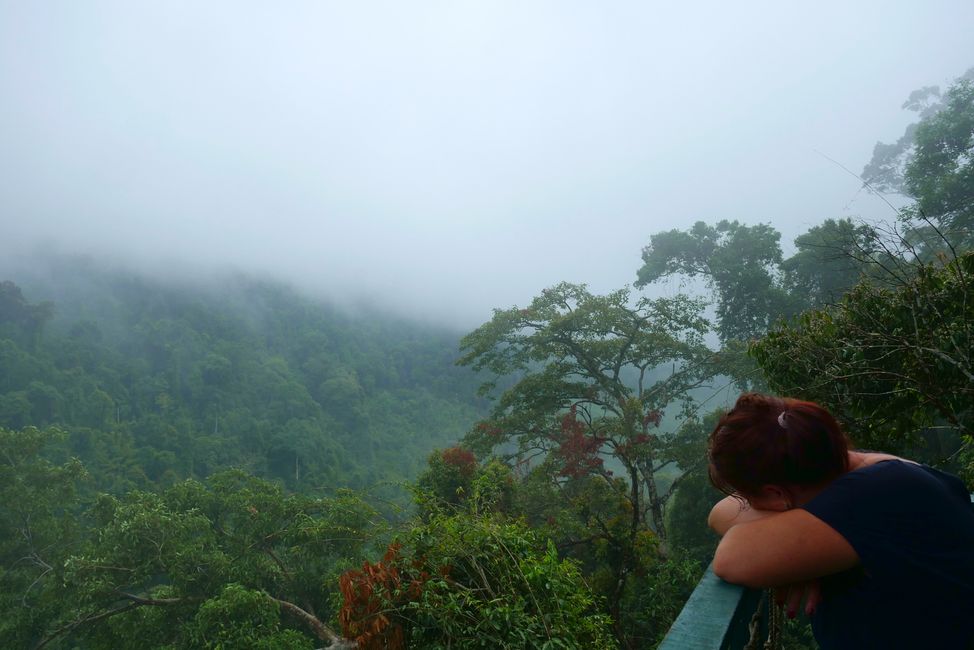
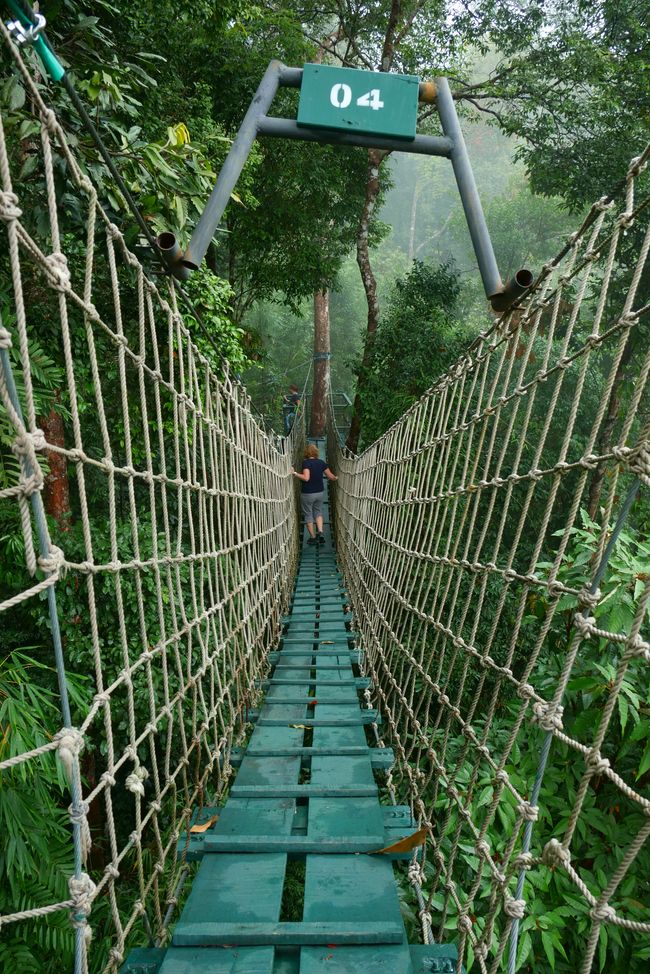
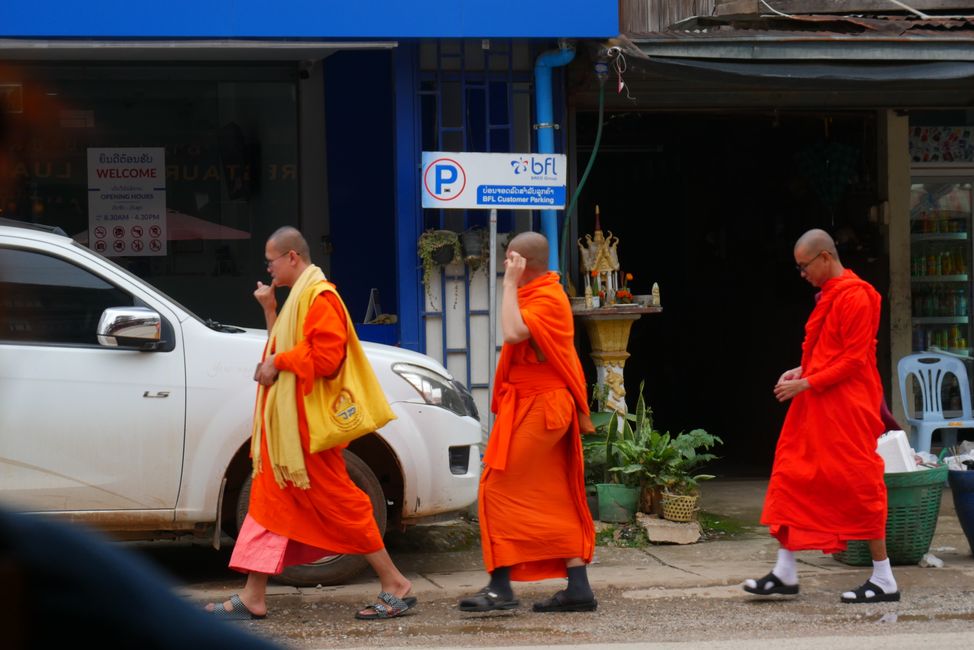
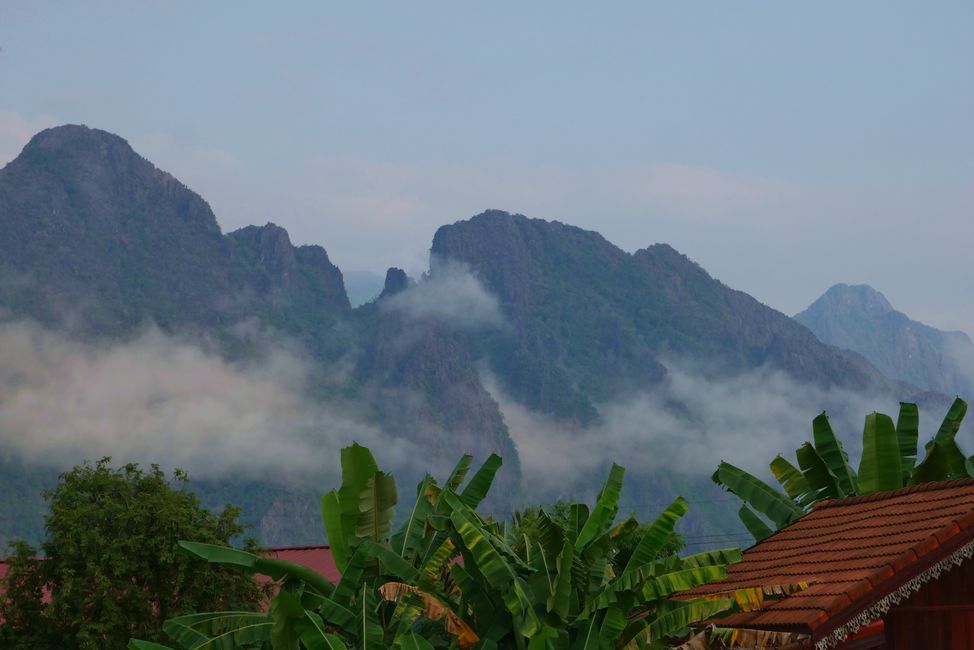
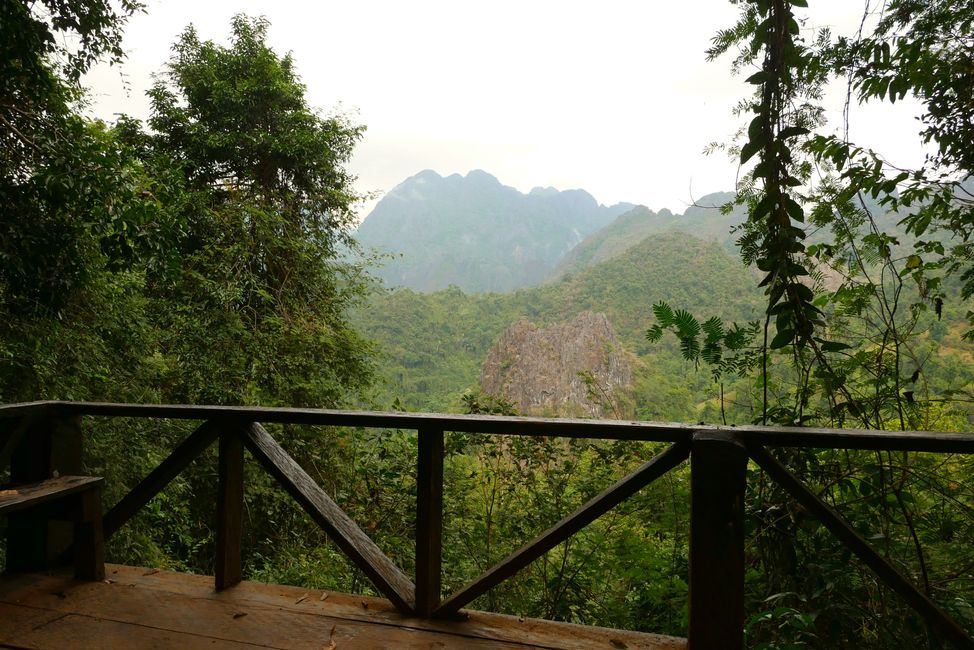
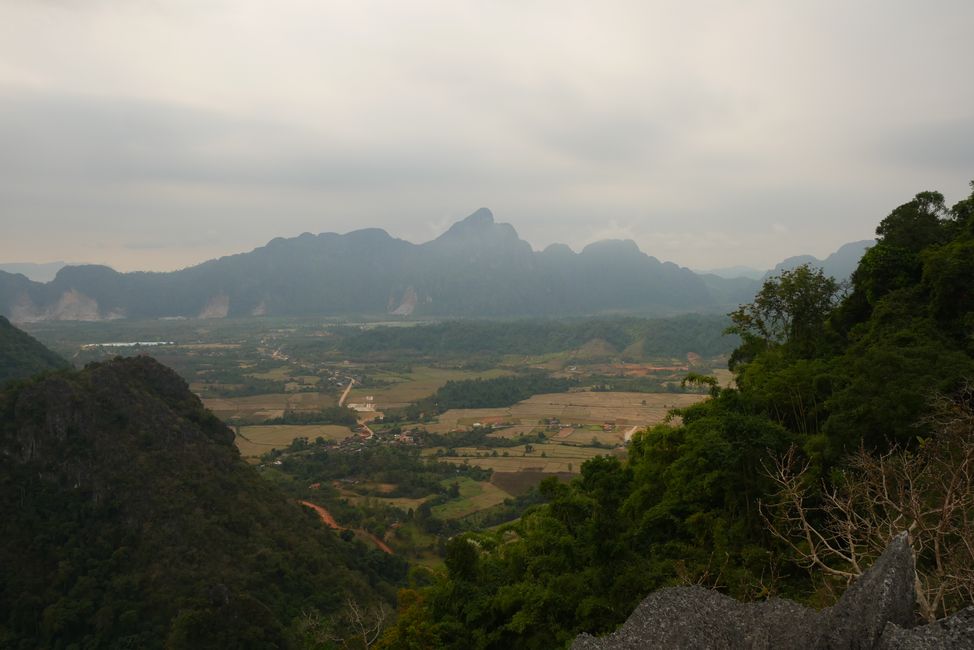
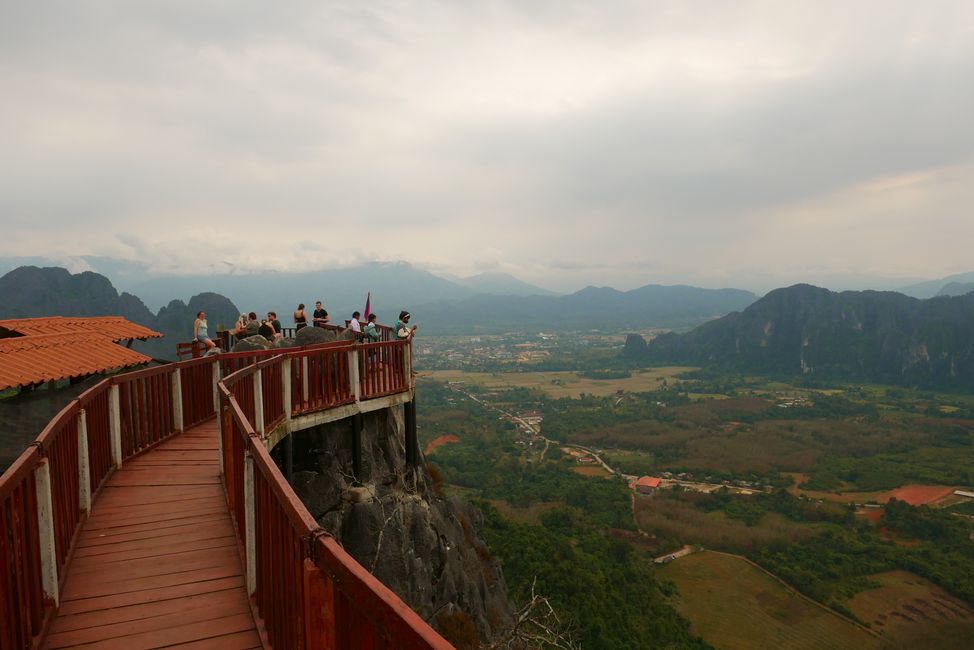
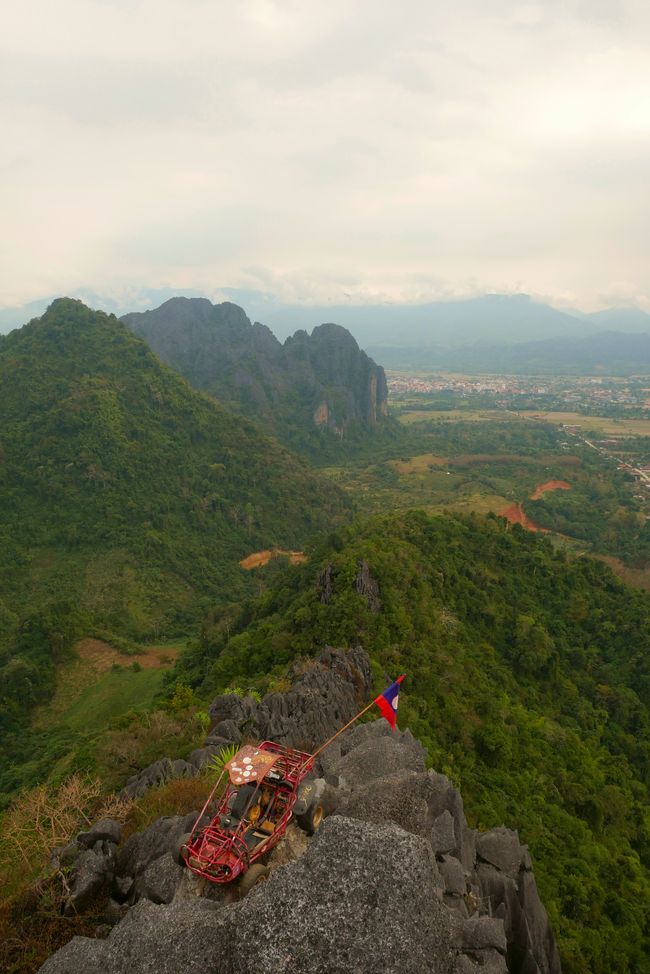
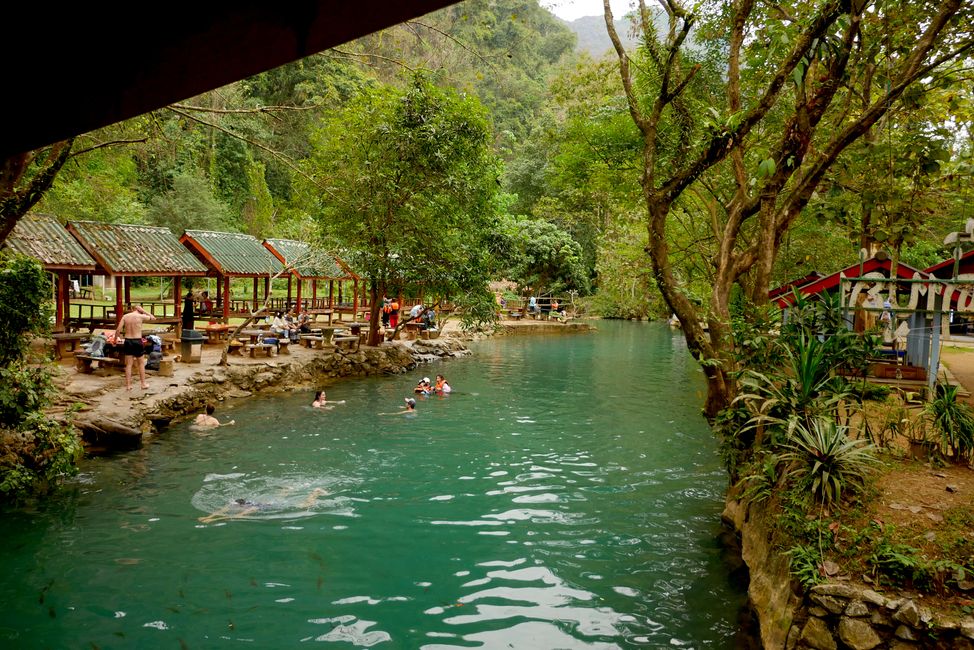
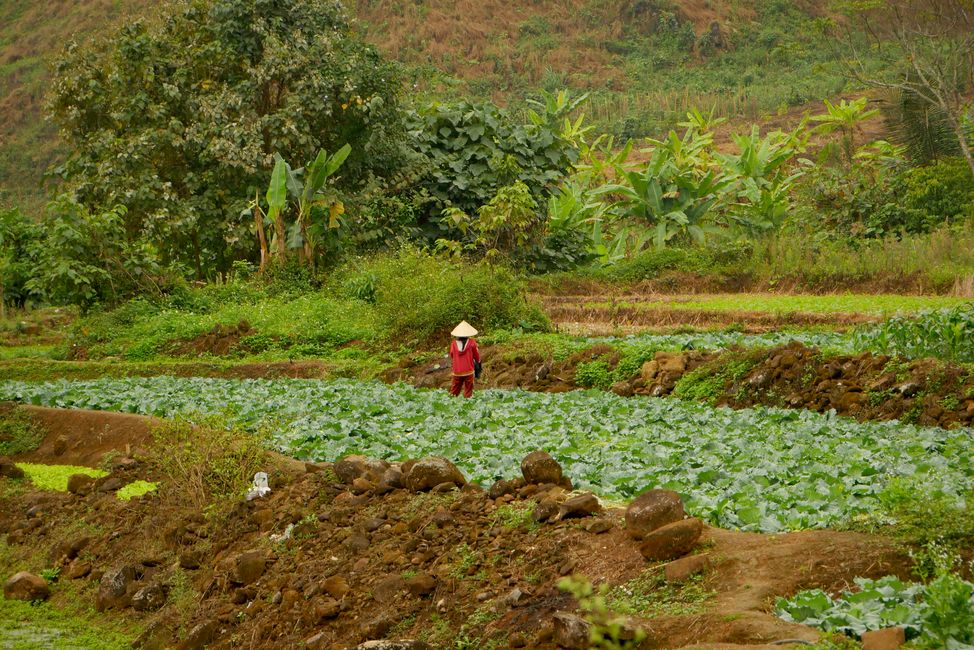

Subscribe to Newsletter
The town lies in a tranquil valley where rice terraces are surrounded by steep karst mountains. Above, rugged gray under a bright blue sky, below, shimmering lime green with a blue ribbon winding through it.

The peaceful view from the 700m high Big Pha Ngern Viewpoint is suddenly disturbed by a multitude of rattling engines that transport more tourists in adventurously welded buggies over the dusty slopes of the Nam Ka and Nam Houang valleys in one day than we do in other corners of Laos. seen in a whole week.

Vang Vieng was long decried as a drug and party stronghold in Laos. Everything started off quite calmly. An organic farmer who also ran a homestay put a few of his guests in inflated truck tires and let them float down the river toward the city. This set a precedent and quickly became an attraction as tubing and Vang Vieng became a magnet for countless backpackers. As a result, bars quickly sprung up on the riverbank, complete with high swings over the water, alcohol flowed freely and synthetic drugs were added - surprisingly not a good combination. At least 27 tourists died in 2011. The Nam Xong became known as the “party river of death.” Many locals were disgusted by this development; they were afraid for their children and for the values with which they would grow up.

The following year, the government took action: bars were closed and drug trafficking was cracked down on. But the reputation stuck with Vang Vieng. The government's initiative to make tourism in Vang Vieng more family-friendly has only borne limited fruit. When you come from the largely untouched nature of the Phou Khao Khouay National Park, 2 ½ hours southeast, you feel like you are in another world.

Sustainable tourism works, as Laos proves with its many national parks, which protect untouched areas and at the same time give the population an economic perspective through tourism concepts. Only the future can tell whether and how Vang Vieng will fit in.
Robert

Subscribe to Newsletter
Answer
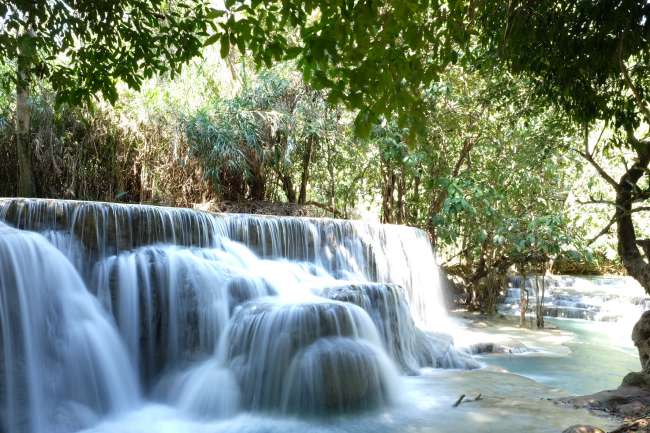
Travel reports Laos

